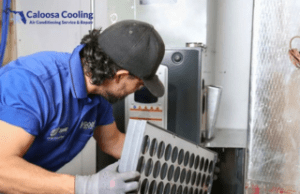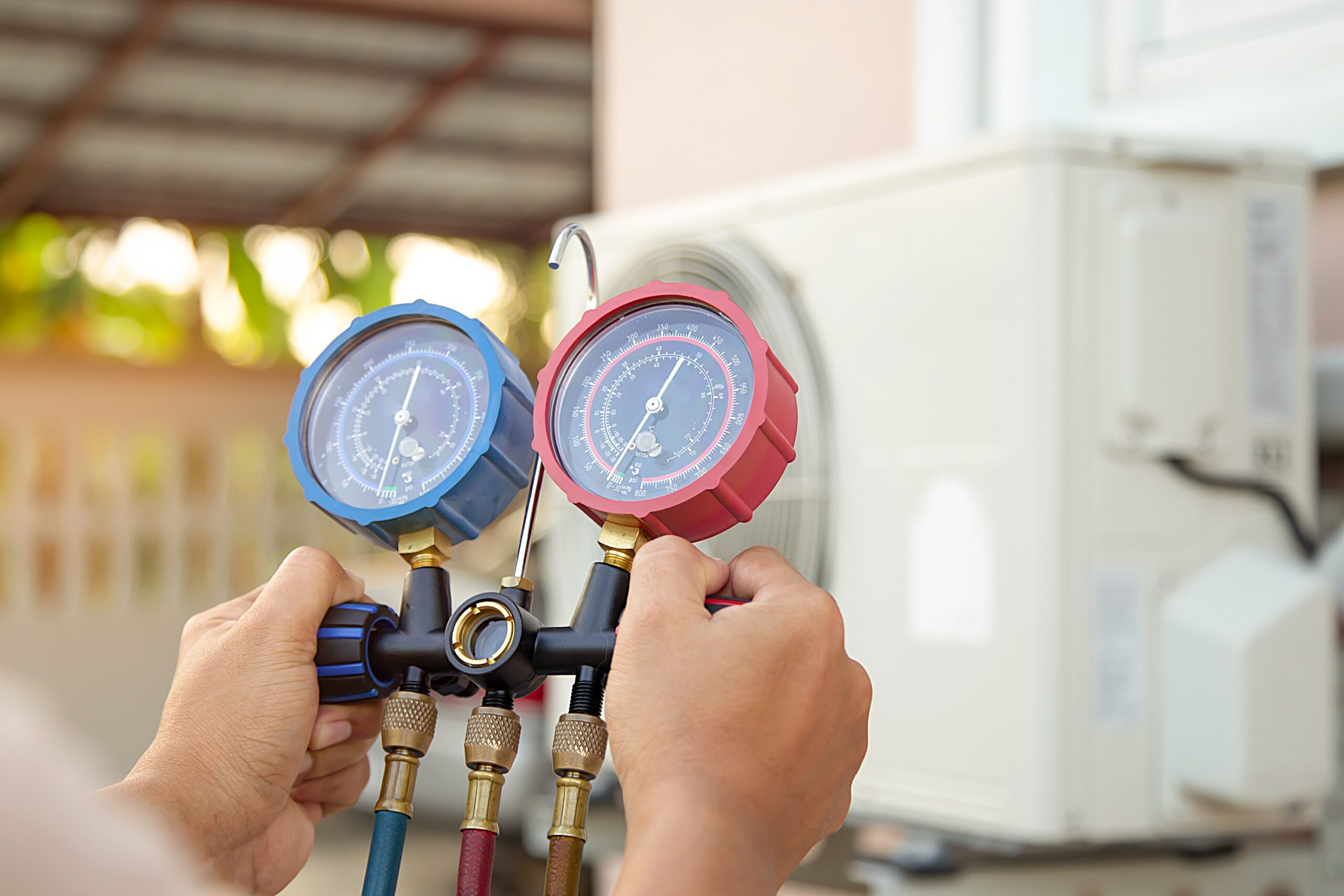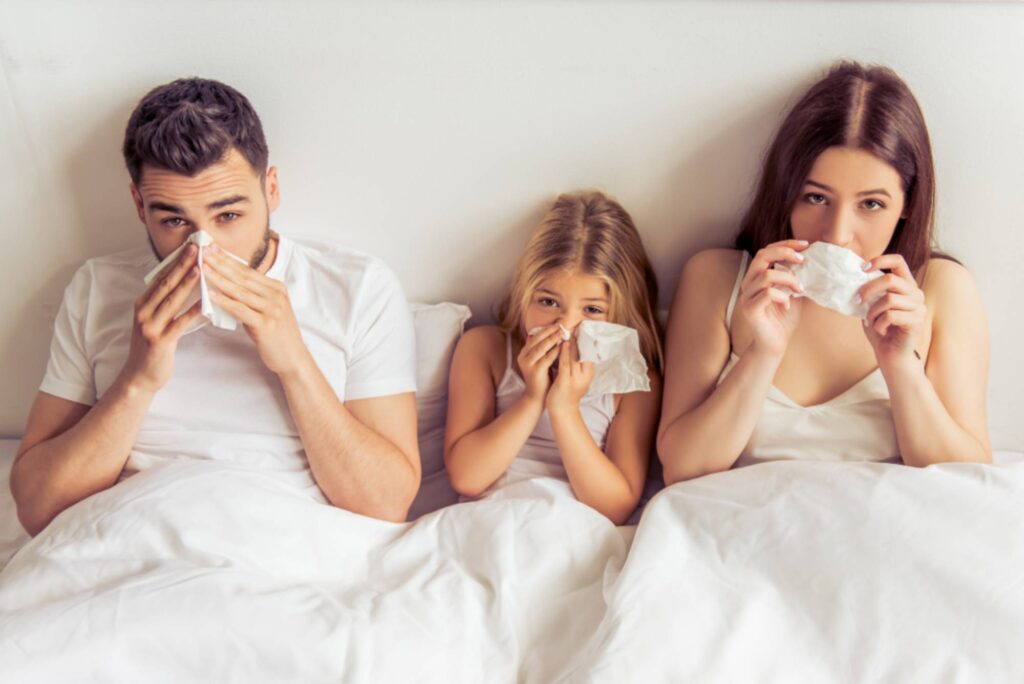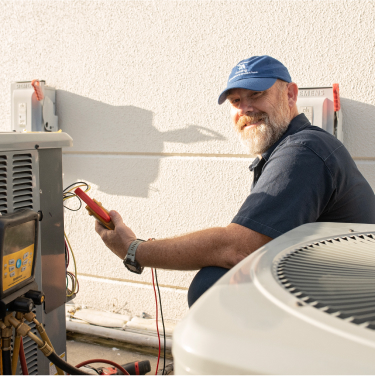
The EPA states that a growing body of scientific evidence indicates that the air within our homes and buildings can be more seriously polluted than outdoor air, often 2 to 5 times more polluted. The EPA notes that indoor air can often be worse than the air in large industrialized cities. People spend approximately 90 percent of their time indoors, making the young, elderly, and chronically ill the most susceptible to the negative effects of poor indoor air. Those suffering from respiratory or cardiovascular disease face serious risks from the cumulative effects of these sources. The Inside Story: A Guide to Indoor Air Quality | US EPA
The EPA advises using air cleaners, HVAC filters, and other integrated air filtering devices to improve indoor air quality and help provide a healthier environment.
Critical Issues Faced By Conventional Home Air Filtration Systems
The following are some of the critical issues that answer why air filter quality products are important:
Limited Particle Size Filtration
Many conventional systems struggle to capture particles of varying sizes successfully. Mechanical filters, such as MERV-rated (Minimum Efficiency Reporting Value) or pleated filters, effectively trap larger particles like pollen and dust. However, they often fall short when it comes to smaller particles. Viruses, bacteria, smoke, biological spores, and pet dander can be present in the air and are often too small to be captured by a MERV-rated filter alone.
Inadequate Coverage
Covering the entire house can be challenging for a portable air purifying solution. While portable solutions work well for cleaning the air in a particular room, they lack the ability to purify the air throughout an entire home. Central air systems are designed to cycle particles throughout a home or building, and thus require an integrated air cleaning solution to be effective.
Advanced Technologies For Whole Home Air Filtration System
HEPA Filtration
High-efficiency particulate air (HEPA) filtration is an advanced technology that can capture 99% of particles as small as 0.3 microns in diameter, significantly improving indoor air quality. These filters rely on a dense mat of fibers and are often incorporated into whole-house air purifier HVAC systems, where their superior filtration efficiency helps create a more comfortable and healthier living environment.
Ultraviolet-C (UV-C) Light technologies
Adding a UV light to your central AC system helps kill active airborne particles. UV light provides an additional layer of air purification, reducing allergens and disinfecting the air circulating throughout indoor spaces.
Activated Carbon Filtration
Activated carbon filtration neutralizes odors and helps absorb volatile organic compounds (VOCs) that may come from smoke, pets, cooking, or chemical pollutants. This low-maintenance technology provides long-lasting air filtration, enhancing overall air quality.
Ionization Technology
Ionization adds electrically charged ions to the air circulating through the central air system. These charged ions attach to airborne particles, helping to remove them from the indoor air.
Summary:
Indoor air quality devices and whole-home air filtration systems that integrate with your central air system work best to provide cleaner air throughout your home. Whether the air is impacted by dust, dander, bacteria, VOCs, or viruses, Caloosa Cooling offers numerous indoor air quality solutions to meet your unique needs. Ask about air quality options during your next home ac repair or residential air conditioning service to learn more about the many affordable options available to our clients.








